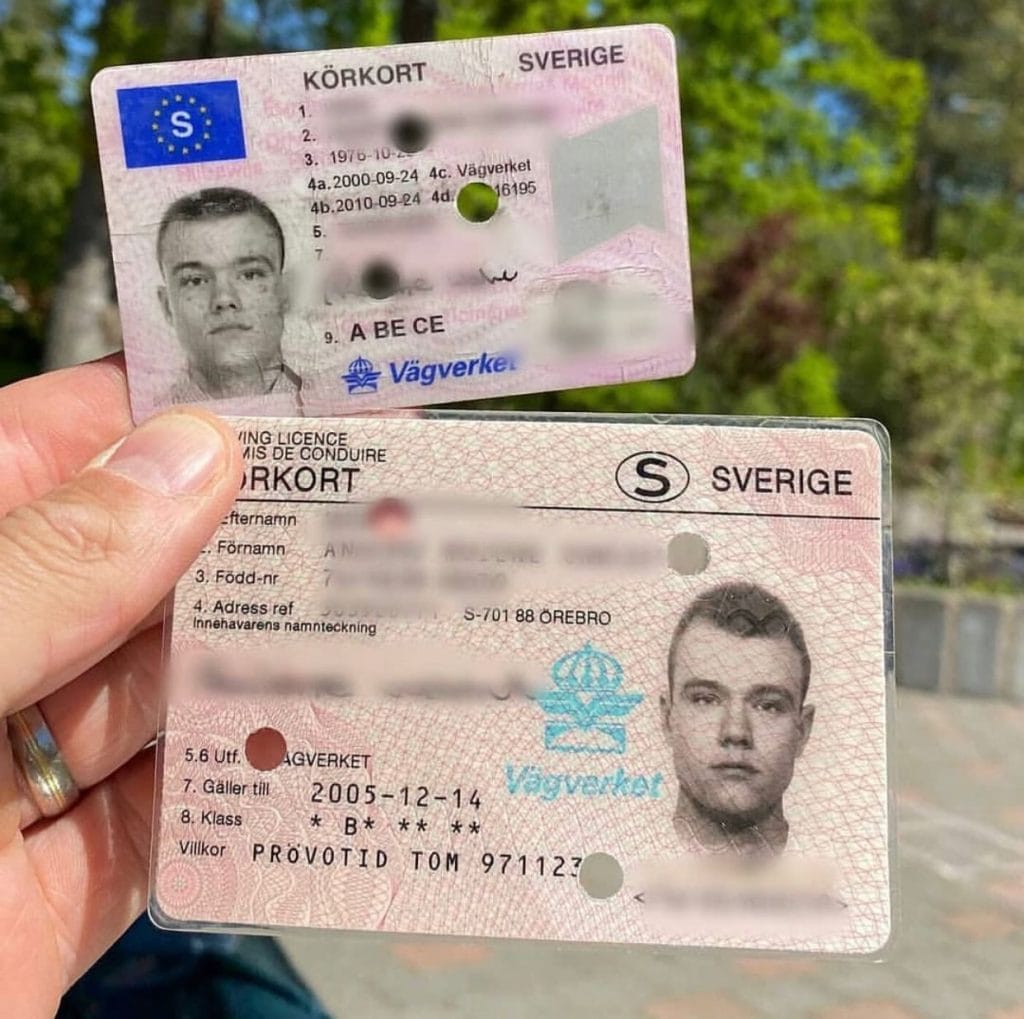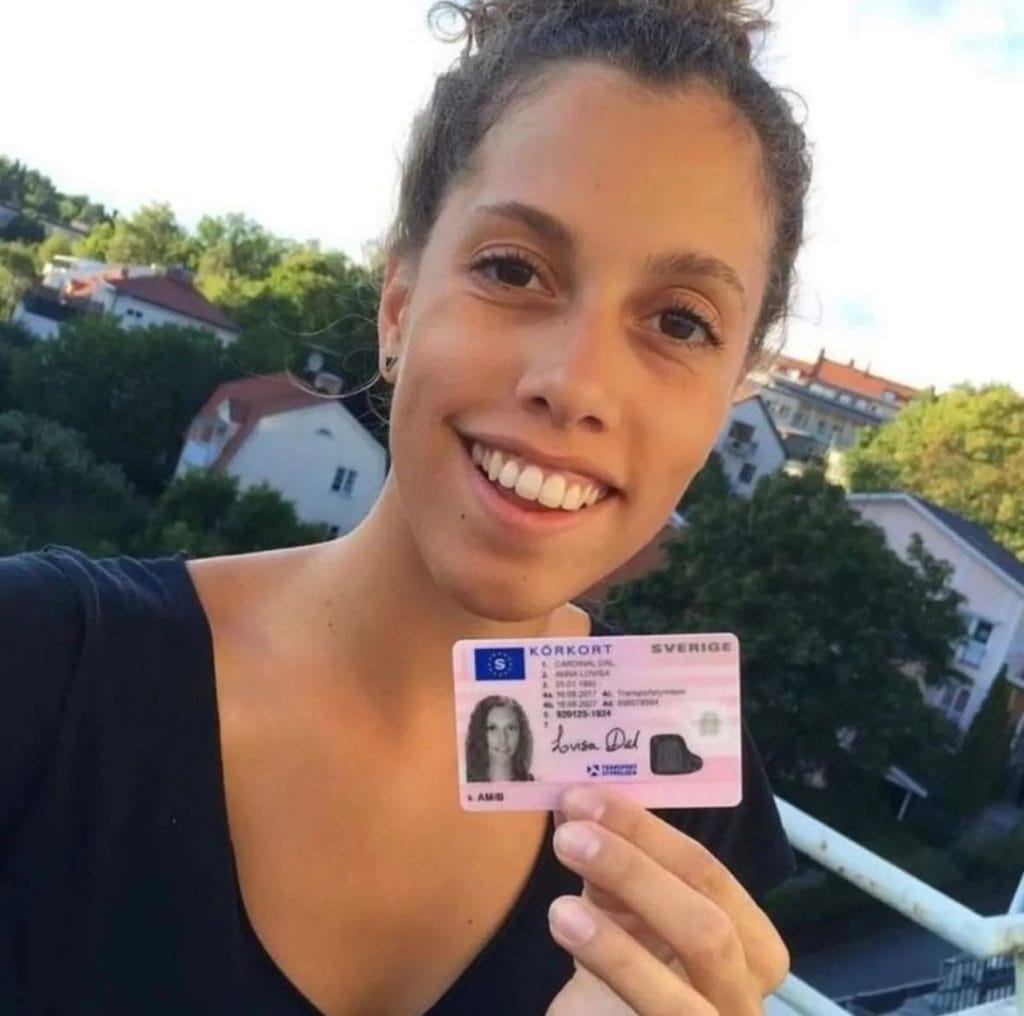A Step-By-Step Guide To Buy A1 Driving License
The Comprehensive Guide to Legally Obtaining a Driving License
Driving is a basic skill for many, using the freedom to take a trip where and when you want, frequently making life more hassle-free and satisfying. However, acquiring a driving license is a process that needs understanding, perseverance, and adherence to legal procedures. This guide aims to offer a detailed introduction of the actions one need to follow to legally obtain a driving license, highlighting important considerations and often asked questions to make sure a smooth and hassle-free experience.
Understanding the Basics
Before diving into the application process, it's vital to understand the basic requirements and types of driving licenses readily available. Driving laws vary considerably from country to country, and even within different states or provinces within the exact same country. Generally, there are a number of kinds of driving licenses, including:
- Learner's Permit: This is frequently the primary step while doing so, permitting new chauffeurs to acquire experience under supervision.
- Provisional License: Issued after passing a standard driving test, this license normally features constraints and is a stepping stone to a complete license.
- Full Driver's License: Once all the essential requirements are fulfilled, motorists can acquire a full license, which offers complete driving advantages.
- Business Driver's License (CDL): Required for those who wish to operate commercial vehicles, such as trucks or buses.
Actions to Obtain a Driving License
1. Research Local Driving Laws
The primary step in acquiring a driving license is to look into the specific requirements in your area. Check out the main site of your regional Department of Motor Vehicles (DMV) or equivalent agency to discover comprehensive details about the licensing procedure, including age constraints, required documents, and costs.
2. Prepare Required Documentation
Each jurisdiction has its own set of documents that need to be sent to request a driving license. Commonly required files consist of:
- Proof of Identity: A passport, birth certificate, or state-issued ID.
- Proof of Residency: Utility expenses, lease agreements, or other official files that confirm your address.
- Social Security Number (if appropriate): In some countries, a social security number or equivalent is required for identification.
- Vision Test Results: Some places require a vision test before issuing a student's license or license.
3. Take a Driver's Education Course
Many states and countries need new motorists to complete a driver's education course. These courses are created to teach the guidelines of the road, traffic laws, KöPa Taxilicens KöRkort (click here to visit swedishdriverslicense03408.sunderwiki.com for free) and safe driving practices. They can be completed online or in a class setting and typically include both theoretical and practical elements.
4. Request a Learner's Permit
When the needed paperwork is ready and the driver's education course is completed, the next action is to get a student's authorization. This typically includes checking out the DMV or submitting an application online. You will also need to pass a written test that covers traffic laws and driving understanding.

5. Practice Driving
With a student's permit, you can begin practicing driving under the guidance of a licensed adult. This is a crucial action in constructing your confidence and abilities behind the wheel. It's also crucial to acquire experience in numerous driving conditions, such as night driving, highway driving, and driving in severe weather condition.
6. Schedule and Pass the Driving Test
After acquiring sufficient driving experience, you can set up a driving test with the DMV. The test will assess your ability to safely operate a car and follow traffic laws. You will require to bring a properly registered and insured car to the test, and the examiner will evaluate your driving skills on an established route.
7. Apply for a Provisional License
If you pass the driving test, you will normally receive a provisional license. This license might include limitations, such as a curfew or a limitation on the variety of passengers you can have in the automobile. These constraints are created to decrease the danger of accidents and assist new motorists acclimate to the road.
8. Update to a Full License
As soon as you have actually held a provisionary license for the necessary duration and fulfilled any extra requirements, you can update to a complete driver's license. This procedure normally involves a simple application and might require a retest or extra documentation.
Tips for a Successful Application
- Start Early: Begin the procedure as quickly as you meet the age requirement to offer yourself adequate time to prepare.
- Stay Informed: Keep updated with any modifications in driving laws or DMV treatments.
- Practice Regularly: Consistent practice is essential to building confidence and enhancing your driving skills.
- Stay Calm During the Test: Anxiety can impact your performance, so take deep breaths and stay focused.
- Follow DMV Instructions: Pay very close attention to the directions provided by the DMV and the examiner throughout your test.
Regularly Asked Questions (FAQs)
Q: What is the minimum age to request a learner's authorization?
A: The minimum age varies by jurisdiction. In the United States, it typically ranges from 15 to 16 years of ages. In the UK, the minimum age is 17. Check your regional DMV site for particular details.

Q: Can I use for a driver's license online?
A: Some jurisdictions enable you to finish parts of the application process online, such as completing forms and scheduling tests. Nevertheless, you will normally need to go to a DMV office personally to send needed documents and take the driving test.
Q: What happens if I stop working the driving test?
A: If you fail the driving test, you can normally retake it after a specific duration. This duration varies by location, however it is typically a couple of weeks. It's a good idea to practice more before retaking the test to improve your possibilities of success.
Q: Can I drive alone with a learner's permit?
A: No, a learner's license usually requires you to be accompanied by a licensed grownup, typically over 21 years old, who is seated in the front traveler seat.
Q: Is a vision test required to get a driving license?
A: Yes, a lot of jurisdictions require a vision test to ensure that you can safely operate a lorry. You can generally take this test at the DMV or with an approved optometrist.
Q: How long does it require to get a full driver's license?
A: The time required to get a full driver's license differs depending upon your jurisdiction and the particular steps included. Typically, it can take a number of months, consisting of the time needed to finish a driver's education course, hold a learner's license, and pass the driving test.
Q: Can I utilize a provisionary license to drive for work?
A: It depends upon the constraints put on your provisionary license. Some provisionary licenses permit you to drive for work, while others might have specific restrictions. Inspect your license for details or contact the DMV for clarification.
Q: What is the distinction in between a learner's permit and a provisionary license?
A: A student's license is the very first phase of the licensing procedure and enables you to drive just under guidance. A provisionary license, on the other hand, grants you more driving advantages but might still have some constraints, such as a curfew or traveler limits.
Q: Can I look for an industrial driver's license (CDL) without a complete driver's license?
A: No, you typically need a complete driver's license before looking for a CDL. A CDL is a customized license that needs extra training and testing, and Köpa A2 Körkort Online taxilicens Köpa C Körkort Online (her explanation) it is just provided to those who have actually shown the ability to securely run a basic car.
Q: What should I do if I lose my driving license?
A: If you lose your driving license, you must report it to the DMV and get a replacement. You might require to provide evidence of identity and pay a fee. It's also an excellent concept to inform your insurance provider and any other appropriate parties.
Obtaining a driving license is a significant turning point that opens new chances and increases self-reliance. By following the actions outlined in this guide and remaining informed about local laws and requirements, you can guarantee a smoother and more effective licensing process. Remember that driving is a serious duty, and making the effort to learn and practice is necessary for your safety and the safety of others on the road.





